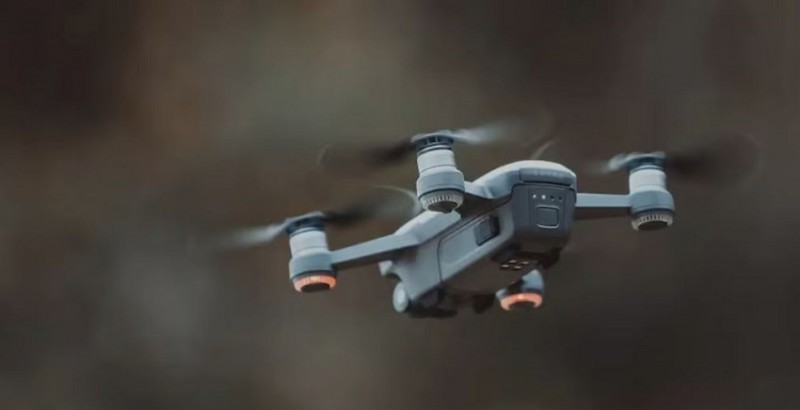
As India prepares for its 78th Independence Day, the National Aerospace Laboratories (NAL) has announced a major advancement in defense technology with the introduction of indigenous kamikaze drones. These new unmanned aerial vehicles (UAVs) represent a significant leap forward for India’s military capabilities.
Advanced Design and Capabilities
The kamikaze drones, measuring approximately 2.8 meters in length with a wingspan of 3.5 meters, weigh around 120 kilograms. Powered by a 30-horsepower Wankel engine developed by NAL, these drones can reach speeds of up to 180 kilometers per hour. They have a range of up to 1,000 kilometers and can carry a 25-kilogram explosive payload, making them a powerful asset in combat situations.
Modern Warfare Tool
Kamikaze drones, also known as loitering munitions, have become increasingly significant in modern conflicts, such as the Russia-Ukraine war and the Israel-Hamas clashes. These drones can loiter over targeted areas for extended periods, carrying explosives and waiting for commands to strike. They can also be deployed in swarms to overwhelm enemy defenses.
Project and National Security
The development of these drones is part of a collaborative effort led by the Council of Scientific and Industrial Research (CSIR), with CSIR-NAL as the central lab. This initiative aims to enhance India’s national security by creating advanced, reliable defense technology for various combat scenarios.
Enhanced Features for GPS-Denied Environments
A key feature of these drones is their ability to operate in GPS-denied environments. Equipped with the Indian NAViC system, the drones can navigate and target areas even when GPS signals are unavailable, improving their operational flexibility.
Expert Insight
Dr. Abhay Pashilkar, Director of NAL, highlighted the importance of these drones in modern warfare. "India is developing these fully indigenous kamikaze drones as a game-changing technology for 21st-century warfare," he stated. Dr. Pashilkar noted that the drones could hover for up to nine hours, offering significant tactical advantages in current conflicts.
The Kamikaze Legacy
While the term "kamikaze" originally referred to Japanese pilots in World War II who sacrificed their lives for their missions, today’s kamikaze drones are unmanned and remotely controlled, allowing for precise strikes without endangering pilots.
A New Era for Indian Defence
The launch of these kamikaze drones marks a major milestone for India’s defense sector. As the country celebrates its Independence Day, the introduction of these advanced UAVs underscores India's commitment to enhancing its national security and technological capabilities, positioning itself at the forefront of global defense technology.
U.S. Navy's New Missile May Shift Power Balance in South China Sea
Tarang Shakti Exercise: LCA Tejas Demonstrates India’s Growing Defense Independence
NASA Tracks Massive Asteroid Heading Towards Earth: No Immediate Danger Expected